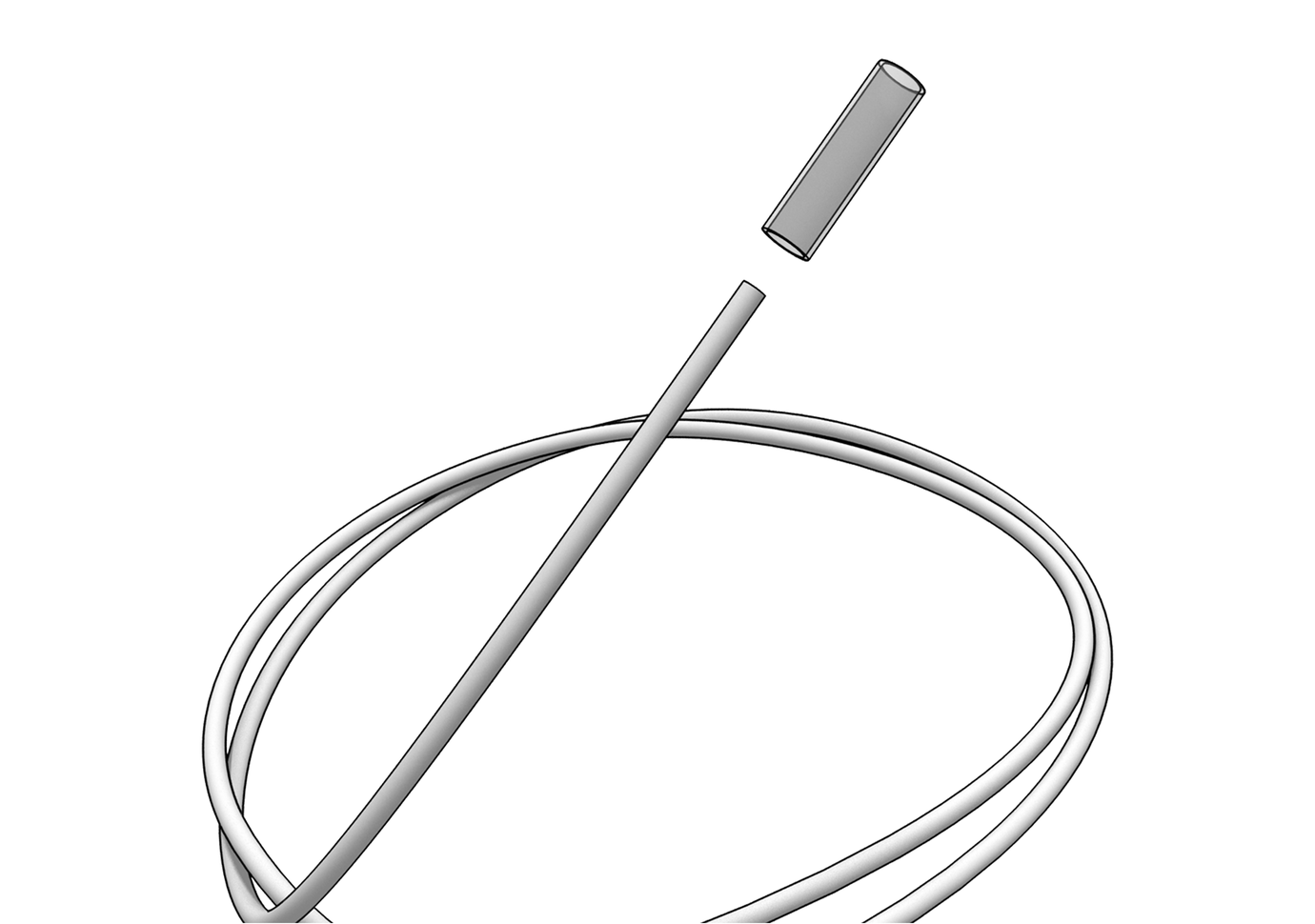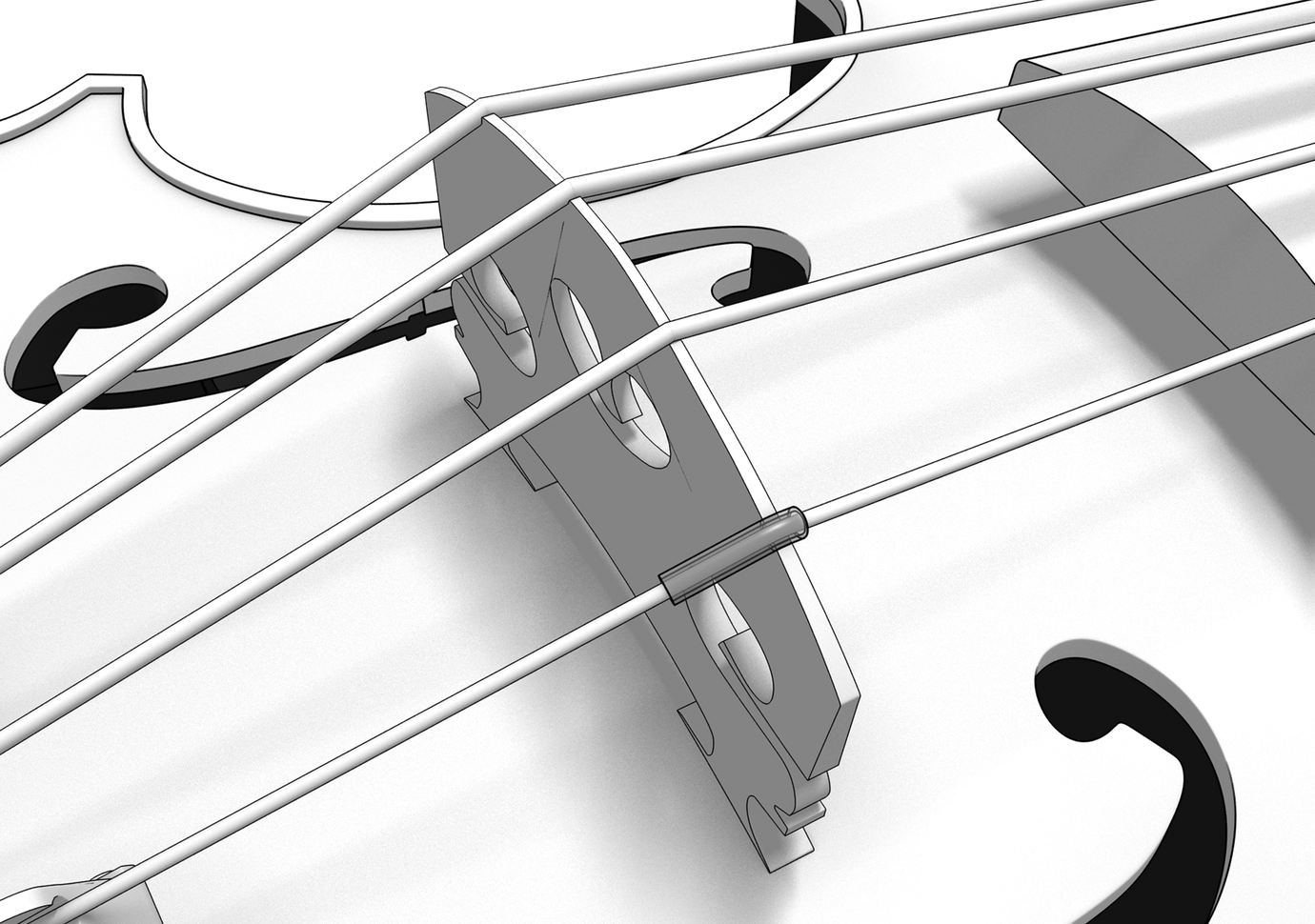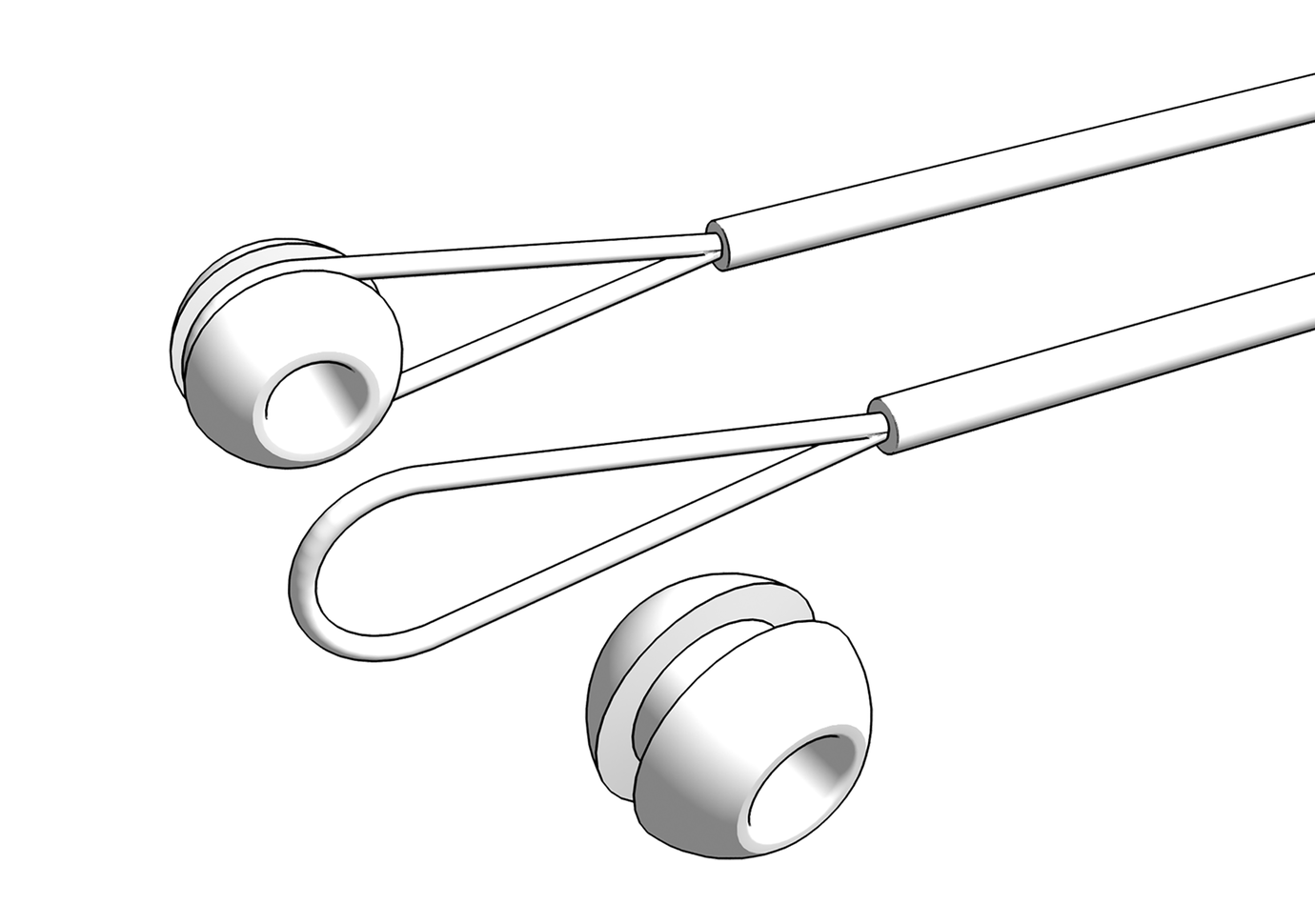Have you spent years mastering the art of string playing but still know little about the ideal way to handle your tools? Are you curious to learn more about the possibilities a high-performance string offers and do you want to optimize your performance in a few simple steps? Stringtelligence offers you an exclusive insight into the science of strings. Find widely unknown tips and tricks of the trade to perfect your sound and elevate your playing to an unexpected level! More than 20,000 words and 19 video tutorials in over 90 chapters: This is string know-how at its best!
How can common E-string problems be solved?
Here you will find solutions for the common E-string problems:
- The whistling
- Fifth impurity and corrosion
- The clanking
- Excessive snapping of the E-string
1. The whistling of the with E-strings
Whistling E-strings are a well-known and frequent problem. The material of the string itself has a major influence on the whistling of the E-string, together with the player’s bow technique and the condition of rosin and bow hair. In addition, an E-string’s tendency to whistle depends heavily on the individual instrument.
How do I prevent whistling? To reduce a whistling E-string, we recommend mixing violin and viola rosin together as a first step, as viola rosin is firmer and this combination allows a better bow response. Two strokes each of viola and violin rosin can really reduce the whistling.

A sleeve on the E-string can make the string sound warmer, it either minimizes or increases the whistling. For this reason, we recommend trying the option and thus, many Thomastik-Infeld E-strings come with a small envelope, including a sleeve.
The string tension also has a massive influence on E-string whistling. If you play an E-string of average tension, we advise that you use a string of the same string type with less tension. If the whistling increases as a result, you should try a higher string tension.

The winding material: Of all the types of strings, gold-plated strings have a particular tendency to whistle due to their pronounced brilliance. The platinum-plated E-string Peter Infeld® PI01PT (included in set PI100) is a good compromise between a tin-plated or a gold-plated E-string. It whistles less than a gold-plated E-string but has a similar response. We also recommend this string for soloists who play in large halls and for weaker instruments, as it has a high brilliance with maximum tonal power and warmth.
2. What to do in the event of fifth impurity and corrosion?
In some cases, E-strings can lose their fifth purity. The cause of fifth impurity is when the mass is not spread uniformly over the length of the string. This normally occurs due to wear and tear of the string. When playing, the tin layer wears out unevenly on the fingerboard. However, this can also happen as a result of sweaty hands. At the same time, the string becomes coarse on the surface.
Multi-layer E-strings, for example Peter Infeld® E-string PI01SN (in Set PI101), Vision® E-string VI01 (in Set VI100) and Vision Solo® VIS01 (in Set VIS100) have a thinner tin layer, making them less prone to becoming impure on the fifth – they are also more resistant to corrosion. The surface of these strings still becomes rough in the short term due to sweaty hands, but by playing continually over a number of days, this normally becomes smooth again without suffering any loss of quality.
In general, pure chromium steel strings or chromium steel strings plated with gold, platinum or titanium, as well as strings that are wound with chromium steel or titanium flat wires are very resistant to corrosion.
3. The clanking of the E-string – another challenge!
A further phenomenon of E-strings is clanking. This is caused by an uneven distribution of the inner tensions of a string. The clanking mainly affects chromium steel strings, but also tin-plated E-strings. If an E-string begins to clank, we recommend replacing it.
4. Excessive snapping of the E-string
Sometimes, E-strings break off at the loop end, the bridge or the saddle. Why?

* breaking at the loop end: This is due to the fine tuner hook becoming sharp-edged over time. The solution? Regular maintenance of the fine tuner hook by a luthier. With a small file, the luthier can round off the sharp edges. Another option for preventing the breaking of E-strings is to move a sleeve over the fine tuner hook. However, the pitch stability can suffer as a result. Should this be unsuccessful, we recommend using E-strings with a ball-end. Thomastik-Infeld includes a small envelope with this little ball for many E-strings, which can be pressed into the loop, if necessary.
* breaking at the bridge or the saddle: If the string breaks off increasingly at the bridge or saddle, we recommend that you get the grooves checked by a luthier. Adding a lot of graphite to the groove also has a positive effect.
BACK

 ESPAÑOL
ESPAÑOL